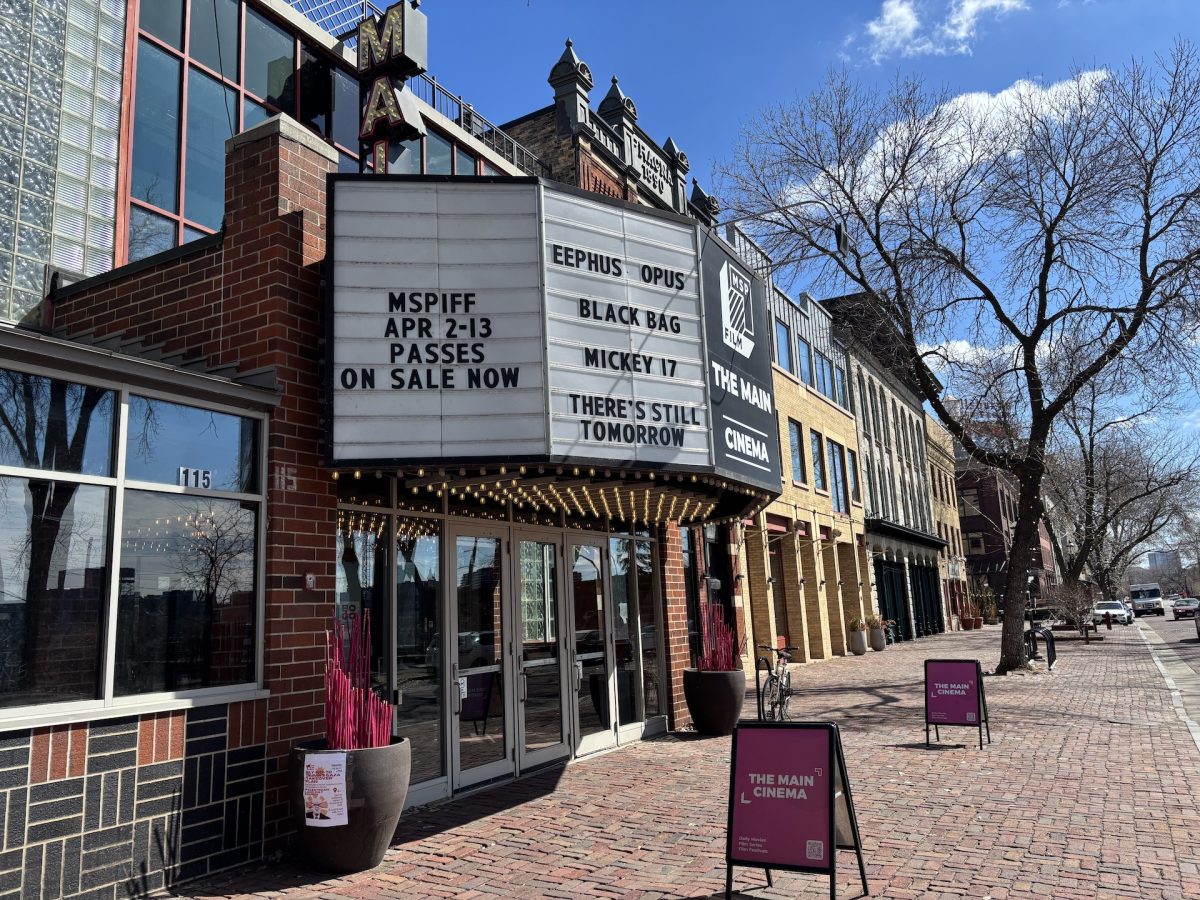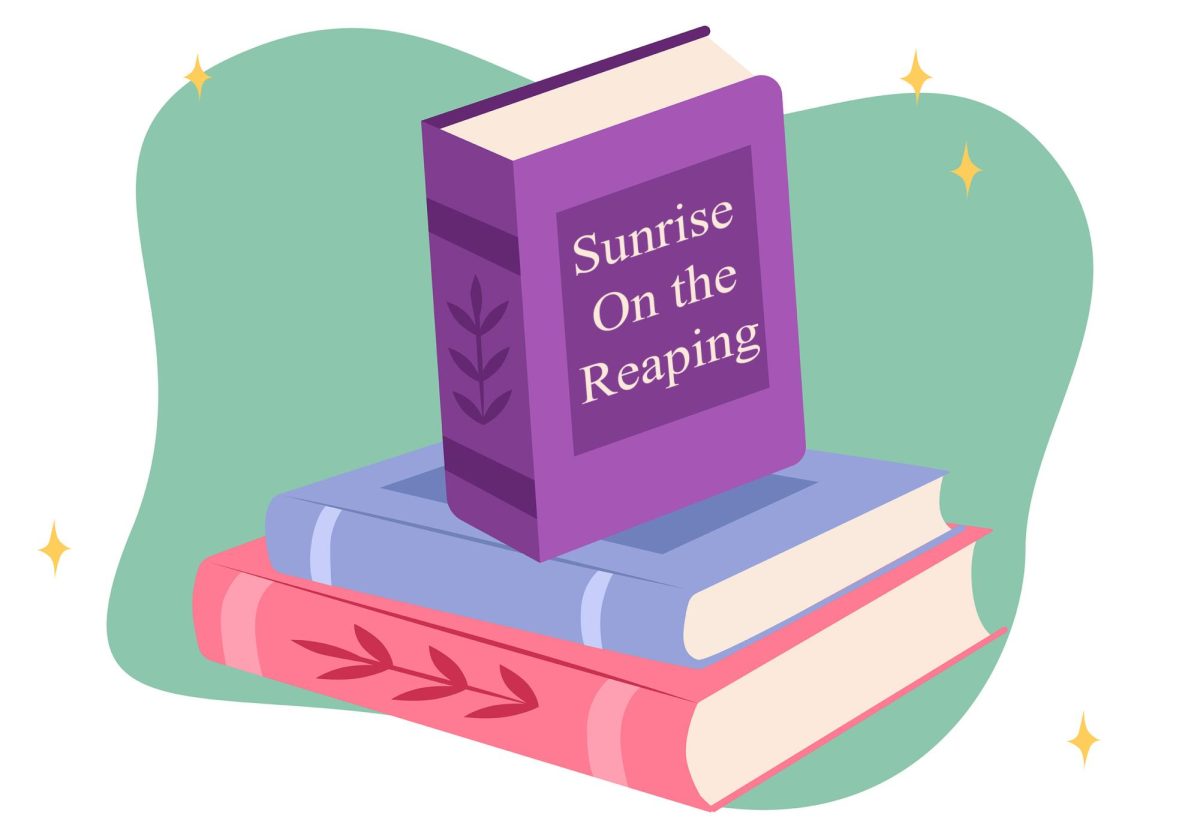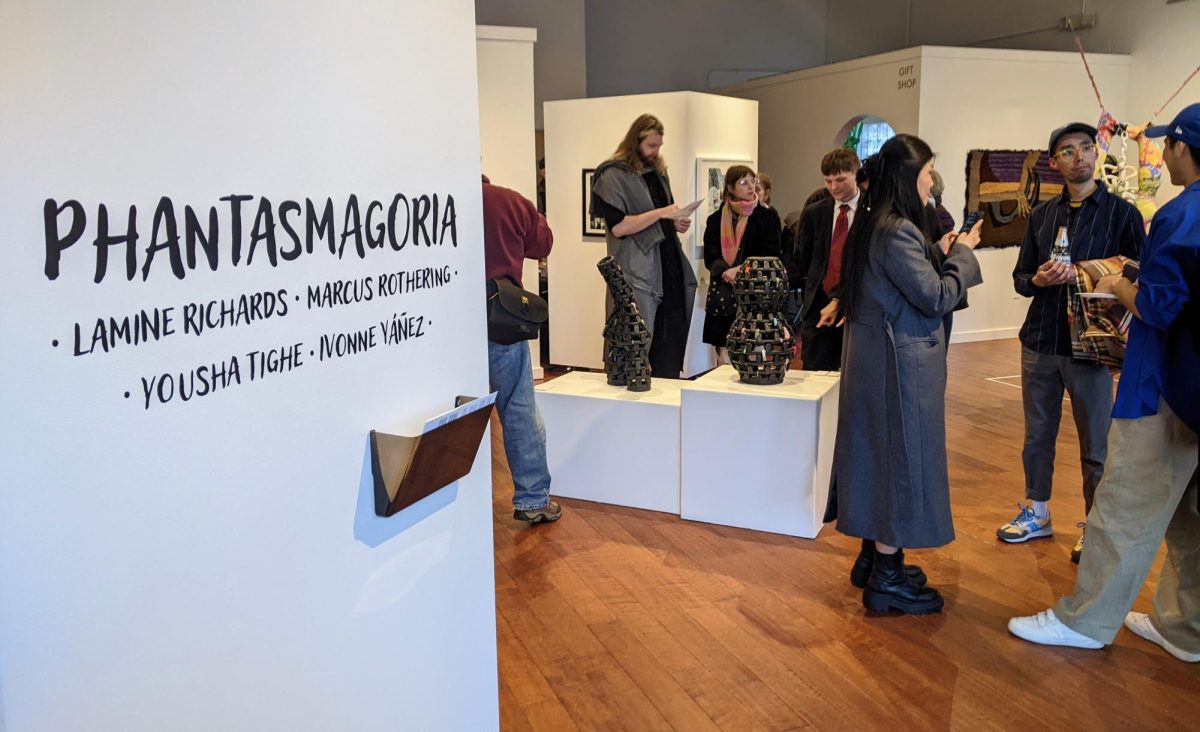Ralph Waldo Emerson, back in 1875, foresaw the future of the DJ. At least, that’s how DJ Spooky That Subliminal Kid sees it.
Emerson theorized no work is truly original. Artists can’t help but steal from their influences. New art can be created, but no uniqueness is wholly independent from past art works.
DJs, as well as other sample-based artists, are Emerson’s theory fully realized in the postmodern era. While other artists might admit to their influences, DJs are more upfront about it. A DJ doesn’t hide the stolen pieces of art; instead, samples are proudly displayed like a moose head over a fireplace.
DJ Spooky’s recent project was remixing D.W. Griffith’s racist 1915 film, “The Birth of a Nation.” Similar to cutting up and rearranging music, DJ Spooky used his mixing skills to recast Griffith’s film in a new light. The idea of the DJ can exist in many different media.
Paul D. Miller, aka DJ Spooky, takes one of the first critical looks at what DJing really means in our culture. To explain sampling, technology and media today, Miller created the term, “rhythm science” – also the title of the book he released last year.
Though Miller’s book focuses on art that samples, much of “Rhythm Science” discusses the importance of technology – from the phonograph to the Internet – and how science has shaped music and culture.
The book makes Miller the perfect speaker to kick off the third annual Spark Festival, the University School of Music’s electronic art celebration. Miller sees technology as a way to create new possibilities in music.
“Rhythm science creates parallel soundscapes because it’s music that says, ‘there could be another way,’ ” Miller writes in his book. “Rhythm science makes possible a music of permutation that tries to convey a sense of how conceptual art, contemporary technology and timeless idealism might function together today.”
In essence, this is what the artists at the Spark Festival set out to do – expand the boundaries of art through modern technology.







